Home>Others>Eco-Friendly Products>How To Use A Kitchen Compost Bin
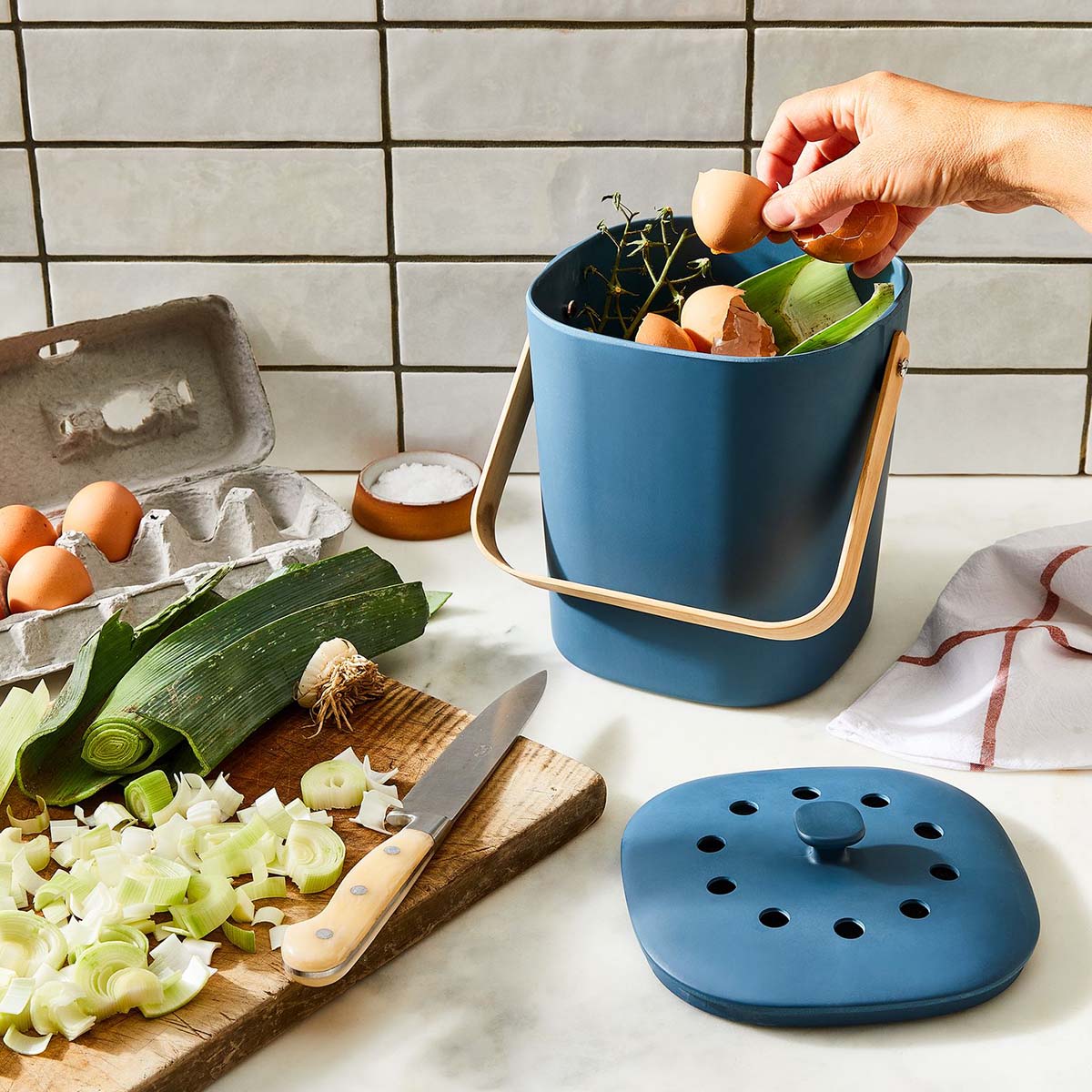

Eco-Friendly Products
How To Use A Kitchen Compost Bin
Modified: February 18, 2024
Learn how to use a kitchen compost bin to reduce waste and create eco-friendly products for your home. Discover easy tips for composting at home.
(Many of the links in this article redirect to a specific reviewed product. Your purchase of these products through affiliate links helps to generate commission for Storables.com, at no extra cost. Learn more)
Introduction
Read more: How Do You Use A Compost Bin
Introduction
Welcome to the world of sustainable living and eco-friendly practices! Using a kitchen compost bin is a fantastic way to reduce waste and create nutrient-rich compost for your garden. Whether you're an avid gardener, a sustainability enthusiast, or simply someone looking to minimize your environmental footprint, a kitchen compost bin can be a valuable addition to your home.
In this comprehensive guide, we'll explore the ins and outs of using a kitchen compost bin, from selecting the right one to effectively maintaining and utilizing it. By the end of this article, you'll have all the knowledge you need to embark on your composting journey with confidence.
Composting is a simple yet impactful way to divert organic waste from landfills, where it would otherwise release harmful greenhouse gases as it decomposes. Instead, by composting kitchen scraps and other biodegradable materials, you can harness the natural process of decomposition to create a valuable resource for your garden while minimizing your environmental impact.
Whether you have a sprawling backyard garden or a few potted plants on your balcony, composting can enrich your soil, promote plant growth, and contribute to a more sustainable lifestyle. With a bit of know-how and the right tools, you can turn your kitchen scraps into "black gold" – a nutrient-dense soil amendment that will benefit your plants and the planet.
Now, let's delve into the exciting world of kitchen composting and discover how you can turn your food waste into a powerful asset for your home and garden.
Key Takeaways:
- Transform kitchen scraps into nutrient-rich compost for your garden with a well-chosen compost bin, reducing waste and promoting sustainability.
- By maintaining and utilizing your kitchen compost bin, you can create a valuable resource that enriches soil, supports plant growth, and fosters a more sustainable lifestyle.
Choosing the Right Kitchen Compost Bin
When it comes to selecting a kitchen compost bin, there are several factors to consider to ensure that it suits your lifestyle and space. Here are some key points to keep in mind as you embark on your search for the perfect composting companion:
- Size: Consider the amount of kitchen waste you generate on a daily basis. If you have a smaller household or produce minimal food scraps, a compact countertop compost bin may be sufficient. For larger families or avid cooks, a larger capacity bin that can accommodate a greater volume of organic waste may be more suitable.
- Style: Kitchen compost bins come in various styles and materials, including stainless steel, ceramic, and plastic. Choose a design that complements your kitchen decor and aligns with your personal aesthetic preferences. Additionally, opt for a bin with a secure lid to prevent odors and discourage pests.
- Convenience: Look for features that enhance convenience, such as a removable inner bucket for easy cleaning, a handle for effortless transport, and a tight-sealing lid to contain odors. These elements can streamline the composting process and make it more user-friendly.
- Aeration and Drainage: Proper aeration and drainage are essential for successful composting. Some compost bins are equipped with ventilation systems or drainage holes to facilitate air circulation and prevent excess moisture buildup, which can lead to unpleasant odors and anaerobic decomposition.
- Odor Control: Effective odor control is crucial for a pleasant composting experience. Seek out a compost bin with a sealing mechanism or activated charcoal filters to minimize odors and keep your kitchen smelling fresh.
- Capacity: Assess the amount of space available in your kitchen for a compost bin. If countertop space is limited, a slim, vertical bin or an under-the-sink model may be the ideal solution.
By considering these factors, you can pinpoint a kitchen compost bin that aligns with your specific needs and preferences. Whether you prioritize style, functionality, or space-saving features, there is a compost bin out there that will seamlessly integrate into your kitchen and support your composting endeavors.
Setting Up Your Kitchen Compost Bin
Now that you’ve chosen the perfect kitchen compost bin, it’s time to set it up for efficient and effective composting. Follow these steps to establish a functional and well-organized composting system in your kitchen:
- Choose a Convenient Location: Select a suitable spot for your compost bin. Ideally, it should be easily accessible from your food preparation area to encourage the regular disposal of kitchen scraps. Whether you opt for a countertop, under-the-sink, or freestanding compost bin, ensure that it fits seamlessly into your kitchen workflow.
- Line the Bin: To simplify cleaning and prevent odors, consider lining the bottom of the compost bin with a biodegradable liner or compostable bags. This step will facilitate the removal of compost materials and maintain the cleanliness of the bin.
- Add a Carbon Source: Introduce a layer of carbon-rich materials, such as shredded newspaper, dry leaves, or cardboard, to the bottom of the bin. This serves as the foundation for the composting process and helps balance the carbon-to-nitrogen ratio, promoting efficient decomposition.
- Deposit Kitchen Scraps: Begin adding your kitchen scraps to the compost bin. Fruit and vegetable peels, coffee grounds, eggshells, and non-greasy food scraps are excellent candidates for composting. Avoid including meat, dairy, oily foods, and pet waste, as these items can attract pests and slow down the composting process.
- Layer with Brown and Green Materials: For optimal composting, alternate layers of nitrogen-rich “green” materials (e.g., food scraps) with carbon-rich “brown” materials (e.g., dry leaves, paper). This layering technique fosters a balanced and nutrient-rich compost pile.
- Seal the Bin: Secure the lid of the compost bin to contain odors and deter pests. If your bin is equipped with an odor-filtering system, ensure that it is properly installed and functional to maintain a fresh-smelling kitchen environment.
By following these steps, you can establish a well-prepared and functional kitchen compost bin that is primed for the composting process. With the right setup, you’ll be on your way to transforming kitchen scraps into valuable compost that will nourish your plants and contribute to a more sustainable lifestyle.
What to Put in Your Kitchen Compost Bin
Knowing what to put in your kitchen compost bin is essential for maintaining a healthy and productive composting system. By including the right materials, you can foster the decomposition process and create nutrient-rich compost for your garden. Here’s a comprehensive list of items that are ideal for composting:
- Fruit and Vegetable Scraps: Including peels, cores, rinds, and other edible parts of fruits and vegetables. These scraps provide essential nutrients for the compost pile.
- Coffee Grounds and Filters: Used coffee grounds and filters are rich in nitrogen and make excellent additions to your compost bin.
- Eggshells: Crushed eggshells add calcium to the compost and help balance the pH levels of the resulting soil amendment.
- Tea Bags: Biodegradable tea bags and the remnants of loose-leaf tea can be composted to contribute valuable organic matter to the pile.
- Shredded Paper and Cardboard: Unwaxed and non-glossy paper products, such as shredded office paper and cardboard, provide carbon-rich material for the compost heap.
- Stale Bread and Grains: Leftover bread, pasta, rice, and other grains can be added to the compost bin to introduce organic matter and encourage microbial activity.
- Nut Shells: Crushed nut shells, such as those from peanuts, almonds, and walnuts, contribute carbon to the compost and break down over time.
- Non-Greasy Food Scraps: Non-meat and non-dairy food scraps, including rice, pasta, and vegetable leftovers, are suitable for composting.
- Herbivore Manure: Manure from herbivorous animals, such as rabbits, guinea pigs, and horses, can be added to the compost pile to introduce valuable nutrients.
- Houseplant Trimmings: Pruned leaves, stems, and other plant trimmings from indoor plants can be composted to recycle organic matter.
On the other hand, it’s important to avoid composting certain materials that can disrupt the composting process or introduce harmful pathogens. Items such as meat, dairy products, oily foods, pet waste, and diseased plant materials should not be added to your kitchen compost bin.
By adhering to these guidelines and selecting the appropriate materials for your compost bin, you can foster a thriving composting environment and produce nutrient-dense compost that will enrich your garden and reduce organic waste.
Place a layer of brown materials (like leaves or shredded paper) at the bottom of your kitchen compost bin to help absorb excess moisture and prevent odors.
Read more: How To Use A Rotating Compost Bin
Maintaining Your Kitchen Compost Bin
Proper maintenance is crucial for ensuring the functionality and effectiveness of your kitchen compost bin. By implementing regular upkeep and monitoring, you can optimize the composting process and prevent potential issues. Here are essential maintenance practices to keep your compost bin in top condition:
- Regular Turning: Turn the contents of your compost bin regularly to aerate the pile and distribute moisture and microorganisms evenly. This promotes efficient decomposition and helps prevent unpleasant odors.
- Monitoring Moisture Levels: Check the moisture content of the compost regularly. The ideal moisture level is akin to a wrung-out sponge – damp but not waterlogged. Adjust the moisture as needed by adding dry materials to absorb excess moisture or sprinkling water to enhance dry compost.
- Odor Control: Keep an eye on the odor produced by the compost bin. Foul smells may indicate imbalanced compost or excessive moisture. To address this, add dry materials like shredded paper or leaves to absorb excess moisture and neutralize odors.
- Adding Amendments: Introduce additional organic matter, such as shredded paper, dry leaves, or garden waste, to maintain the carbon-to-nitrogen ratio and support the composting process. This helps create a well-balanced and nutrient-rich compost pile.
- Inspecting for Pests: Periodically check the compost bin for signs of pests, such as fruit flies or ants. If pests are present, adjust the composting materials, cover food scraps with a layer of carbon-rich materials, or consider using pest-deterring additives, such as diatomaceous earth.
- Harvesting Compost: Once the composting process is complete, harvest the finished compost from the bottom of the bin. Use a garden fork or shovel to remove the mature compost, leaving any unfinished materials to continue decomposing. The harvested compost can be used to enrich garden soil or potted plants.
By incorporating these maintenance practices into your composting routine, you can cultivate a thriving and efficient composting system in your kitchen. Regular monitoring, adjustments, and attentive care will contribute to the production of high-quality compost and a seamless composting experience.
Using the Compost from Your Kitchen Compost Bin
After diligently composting kitchen scraps and organic materials, you’ll be rewarded with a valuable resource – nutrient-rich compost that can be used to enhance the health and vitality of your plants. Here’s how you can effectively utilize the compost produced by your kitchen compost bin:
- Soil Amendment: Incorporate the compost into garden soil to improve its structure, fertility, and water retention. Mix the compost thoroughly into the soil or use it as a top dressing to provide essential nutrients for plants.
- Potting Mix: Blend the compost with potting soil to create a nutrient-dense mix for potted plants. The compost will enrich the growing medium and promote healthy root development and overall plant growth.
- Mulching: Apply a layer of compost around the base of plants as mulch. This helps conserve soil moisture, suppress weed growth, and provide a steady release of nutrients as the compost breaks down.
- Compost Tea: Create compost tea by steeping a portion of compost in water to extract valuable nutrients. Use the compost tea as a liquid fertilizer to nourish plants and enhance their resilience.
- Compost Enrichment: Boost the nutrient content of existing compost piles or bins by incorporating the finished compost as an amendment. This fortifies the composting process and accelerates the decomposition of new materials.
By applying the compost from your kitchen compost bin in these various ways, you can harness its enriching properties to cultivate thriving plants and gardens. The compost serves as a sustainable and eco-friendly alternative to chemical fertilizers, promoting long-term soil health and plant vitality.
As you witness the transformative impact of compost on your plants and garden, you’ll appreciate the valuable contribution of your kitchen compost bin in creating a closed-loop system that minimizes waste and fosters a harmonious relationship with the environment.
Conclusion
Congratulations on embarking on your journey to incorporate a kitchen compost bin into your sustainable living practices. By selecting the right compost bin, setting it up effectively, and maintaining it with care, you’ve taken a significant step toward reducing waste and nurturing the health of your garden. As you embrace the art of composting, you’re actively contributing to a more sustainable and eco-conscious lifestyle.
As you continue to compost kitchen scraps and organic materials, you’ll witness the transformation of seemingly mundane waste into a valuable resource – nutrient-rich compost that enriches the soil, supports plant growth, and fosters a thriving ecosystem. The process of composting is not only environmentally beneficial but also deeply rewarding, offering a tangible connection to the natural cycles of growth and regeneration.
Through the utilization of compost in various gardening applications, such as soil amendment, potting mix enrichment, and mulching, you’ll experience firsthand the positive impact of compost on plant health and vitality. The compost from your kitchen compost bin is a testament to the power of sustainability and the potential for positive change through conscious choices and actions.
As you integrate composting into your daily routine, you’re contributing to a more circular and regenerative approach to waste management, one that aligns with the principles of environmental stewardship and resource conservation. Your dedication to composting not only benefits your immediate surroundings but also sets an inspiring example for others to embrace sustainable practices in their own lives.
In closing, may your experience with a kitchen compost bin serve as a source of inspiration and empowerment, reinforcing the profound impact of individual actions in creating a more sustainable and harmonious world. Embrace the journey of composting with enthusiasm and commitment, knowing that each batch of nutrient-rich compost represents a small yet significant step toward a greener and more resilient future.
Frequently Asked Questions about How To Use A Kitchen Compost Bin
Was this page helpful?
At Storables.com, we guarantee accurate and reliable information. Our content, validated by Expert Board Contributors, is crafted following stringent Editorial Policies. We're committed to providing you with well-researched, expert-backed insights for all your informational needs.
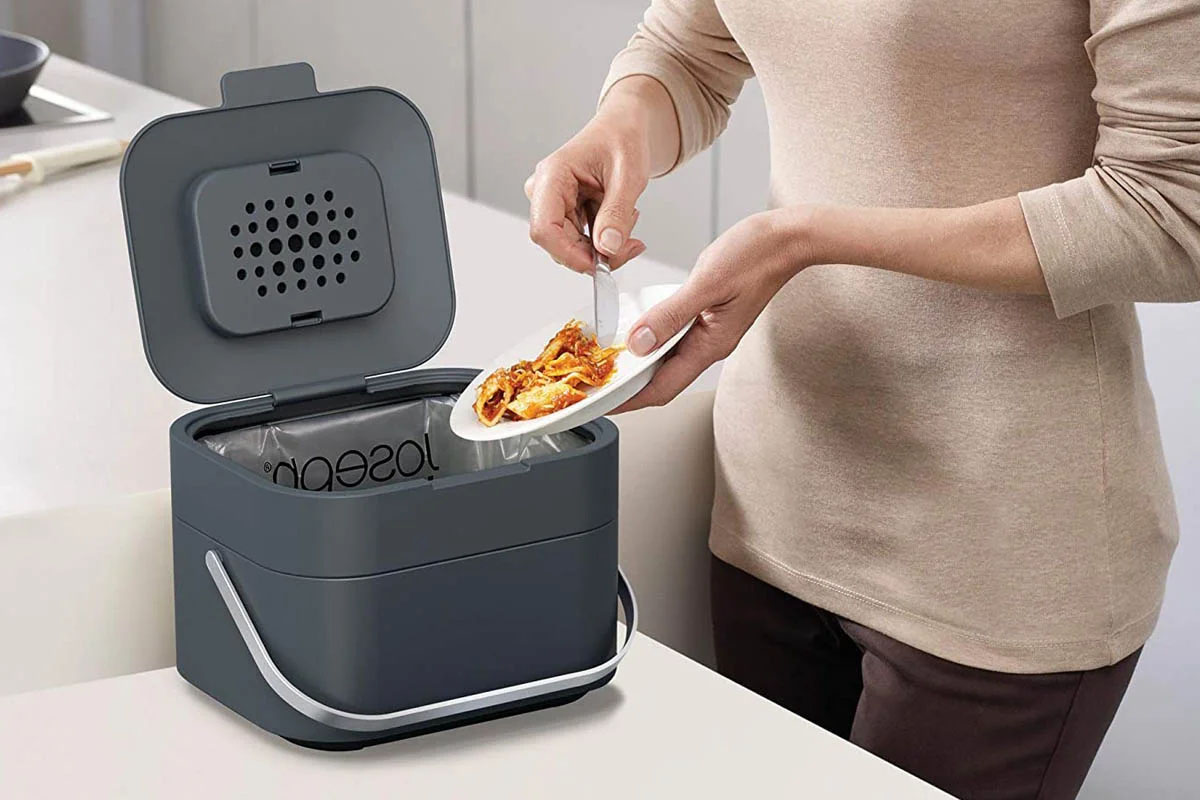
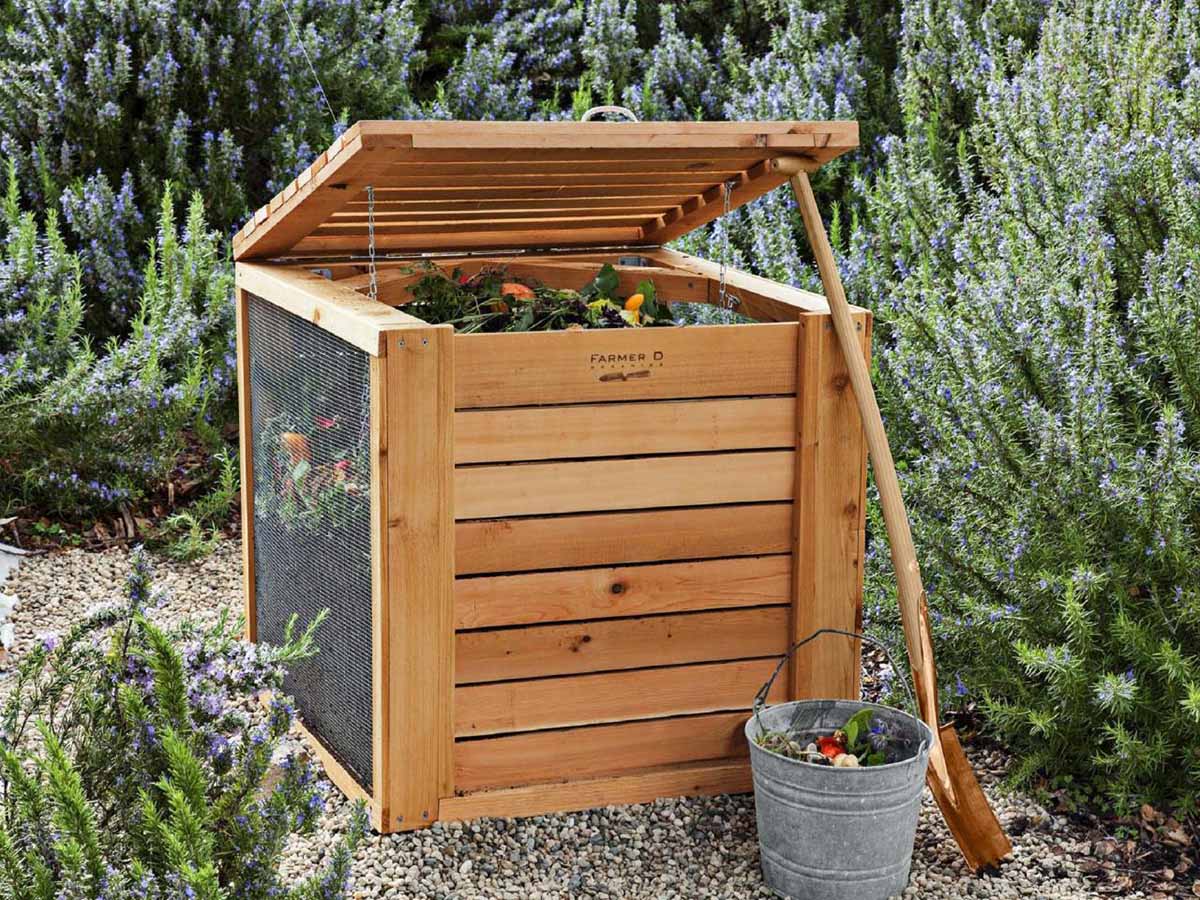
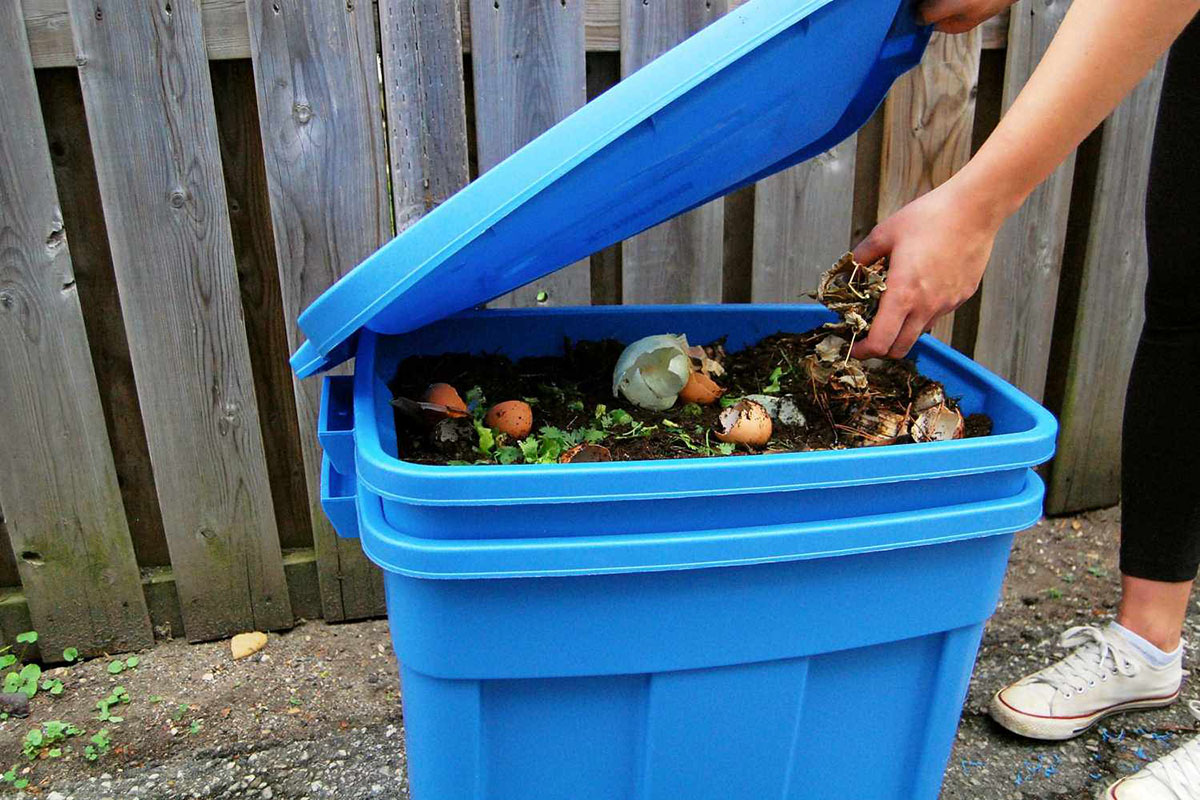
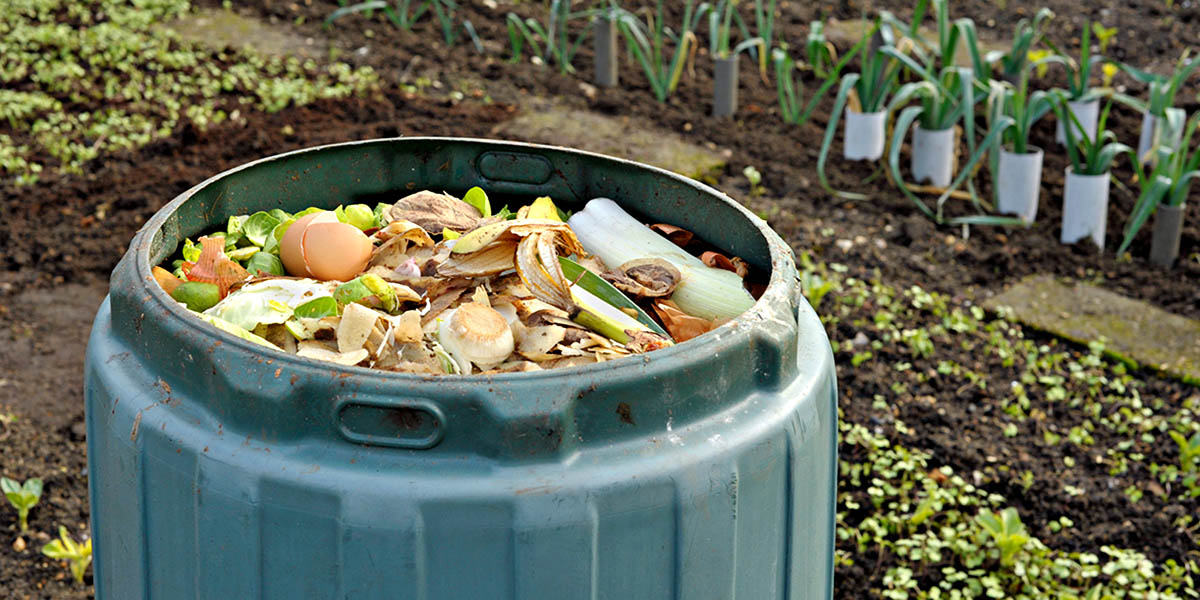
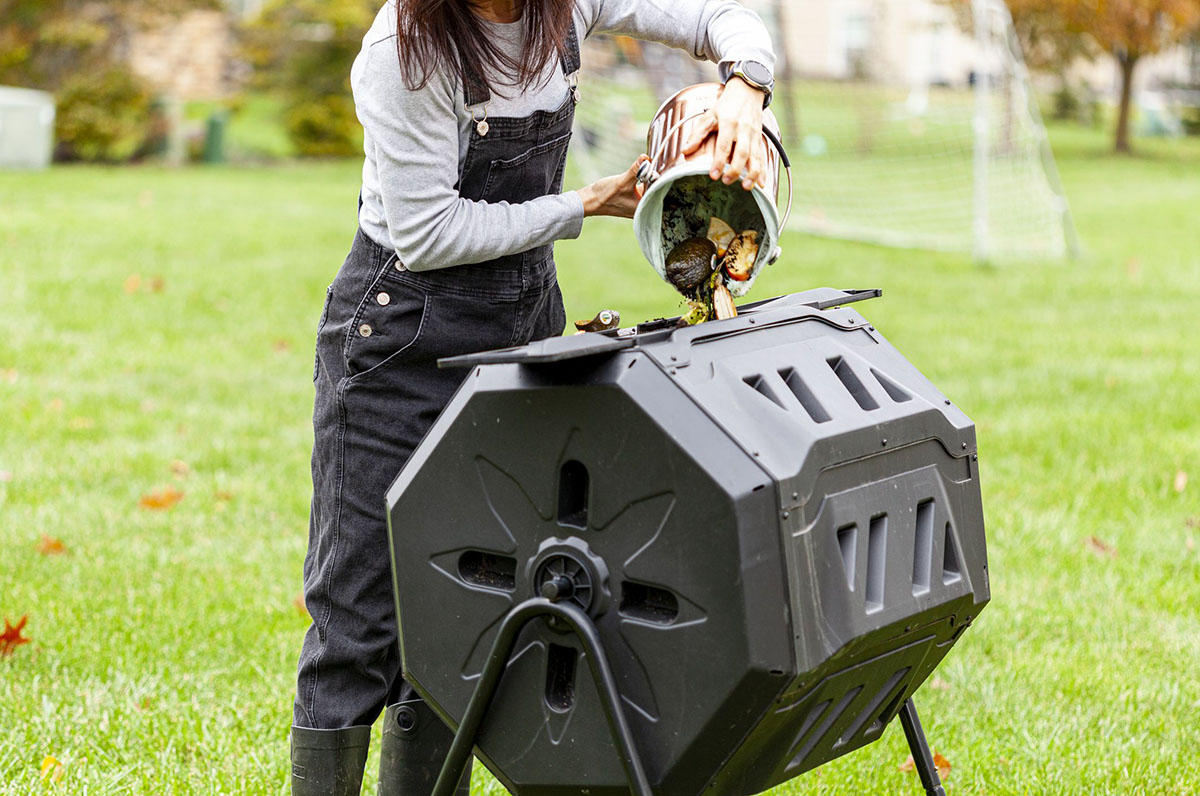
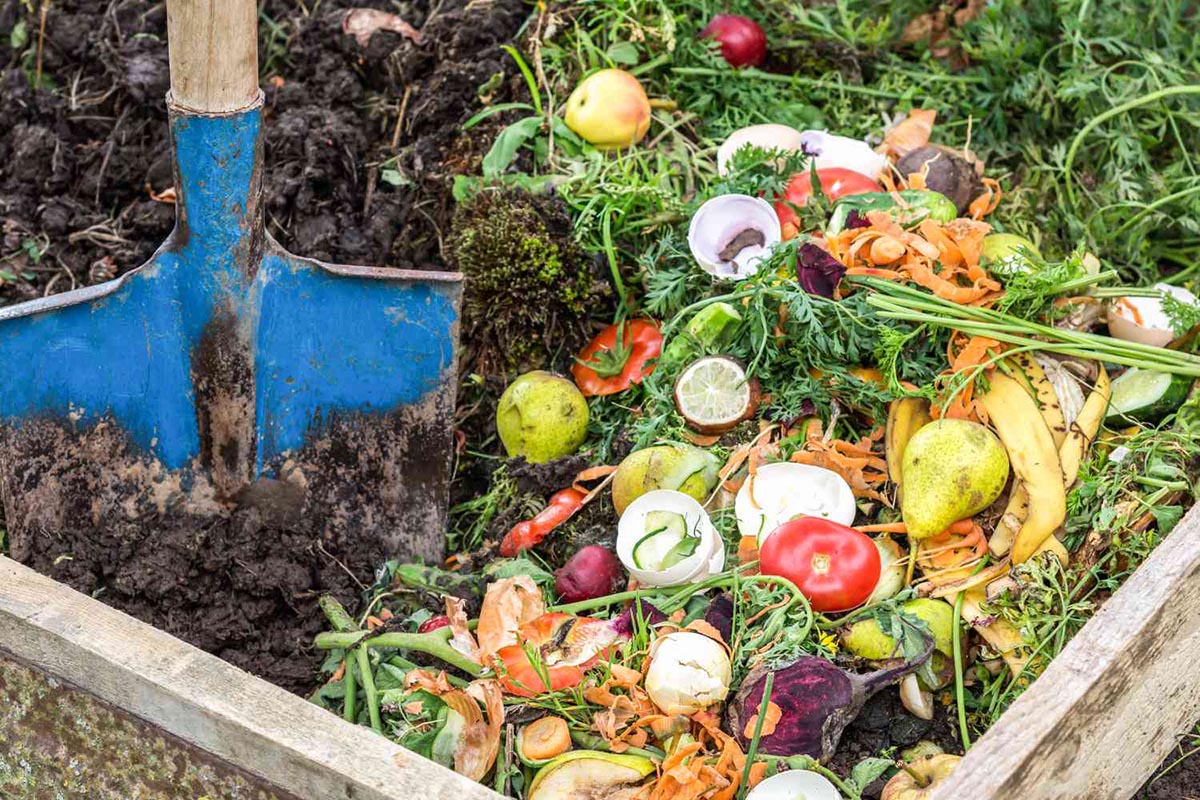
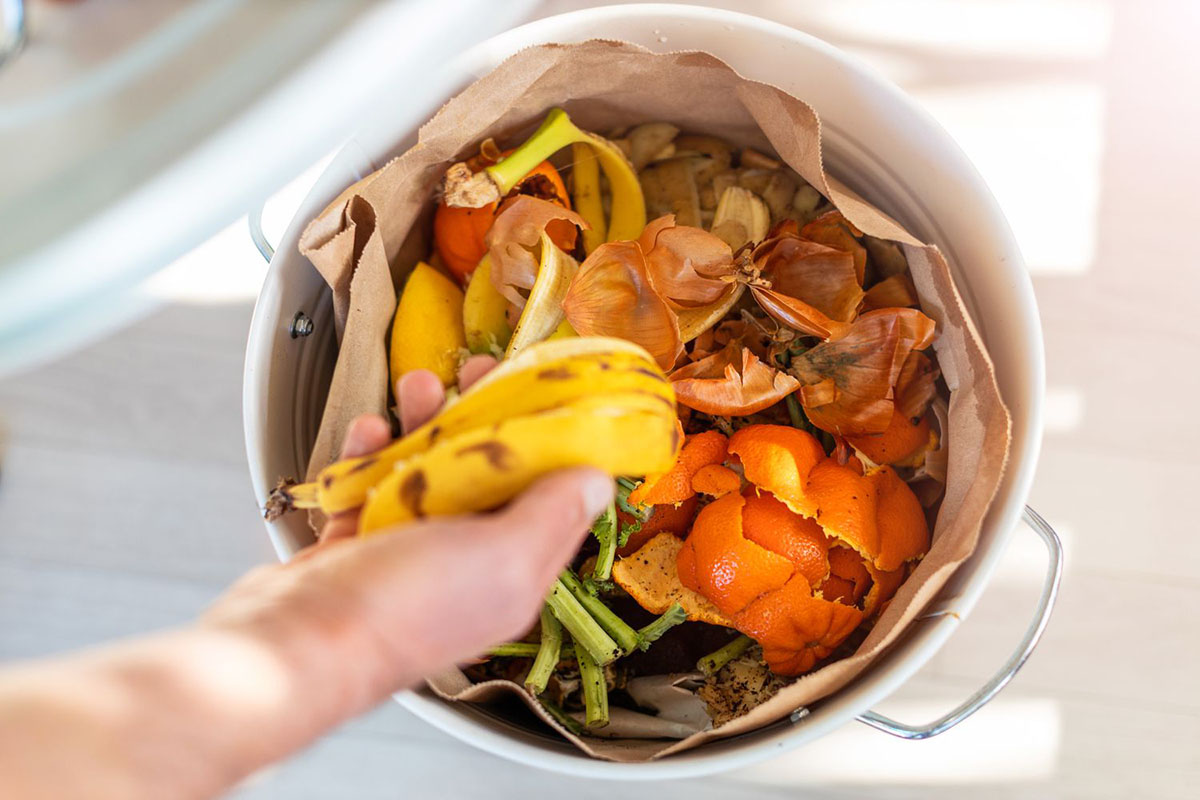
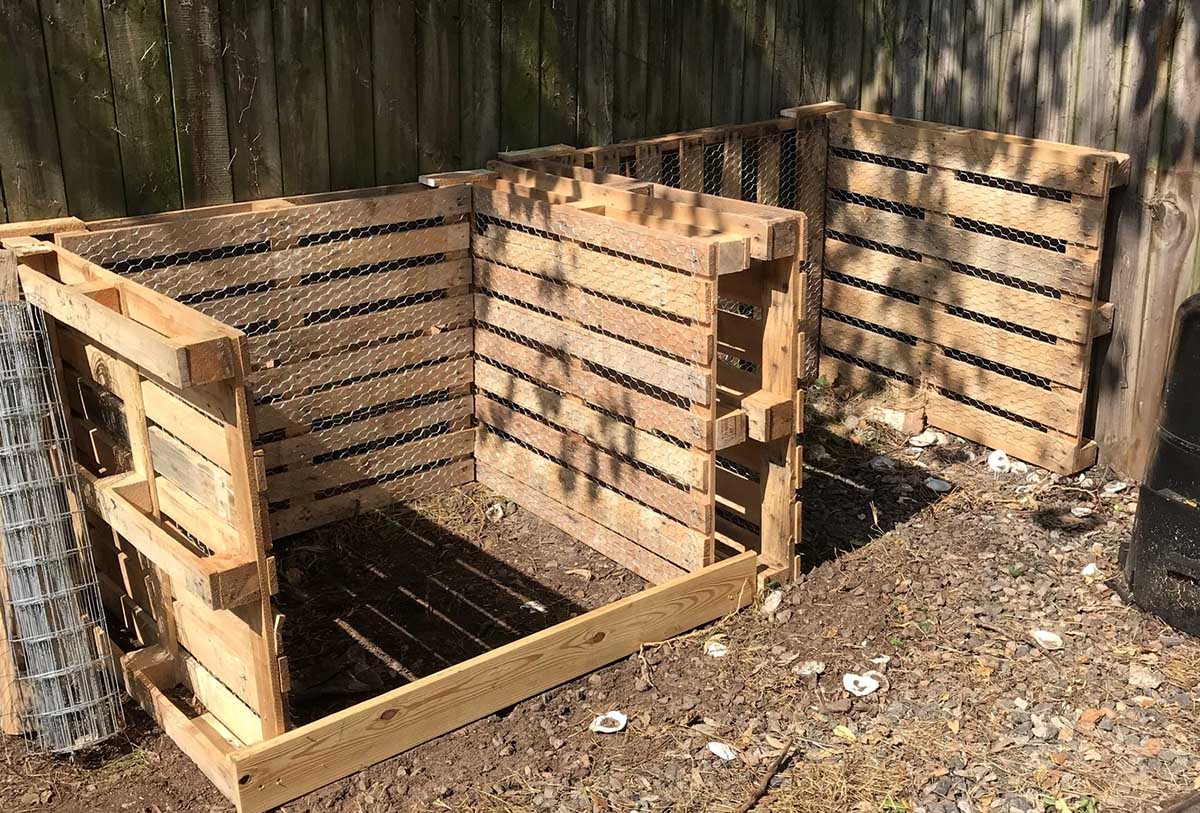
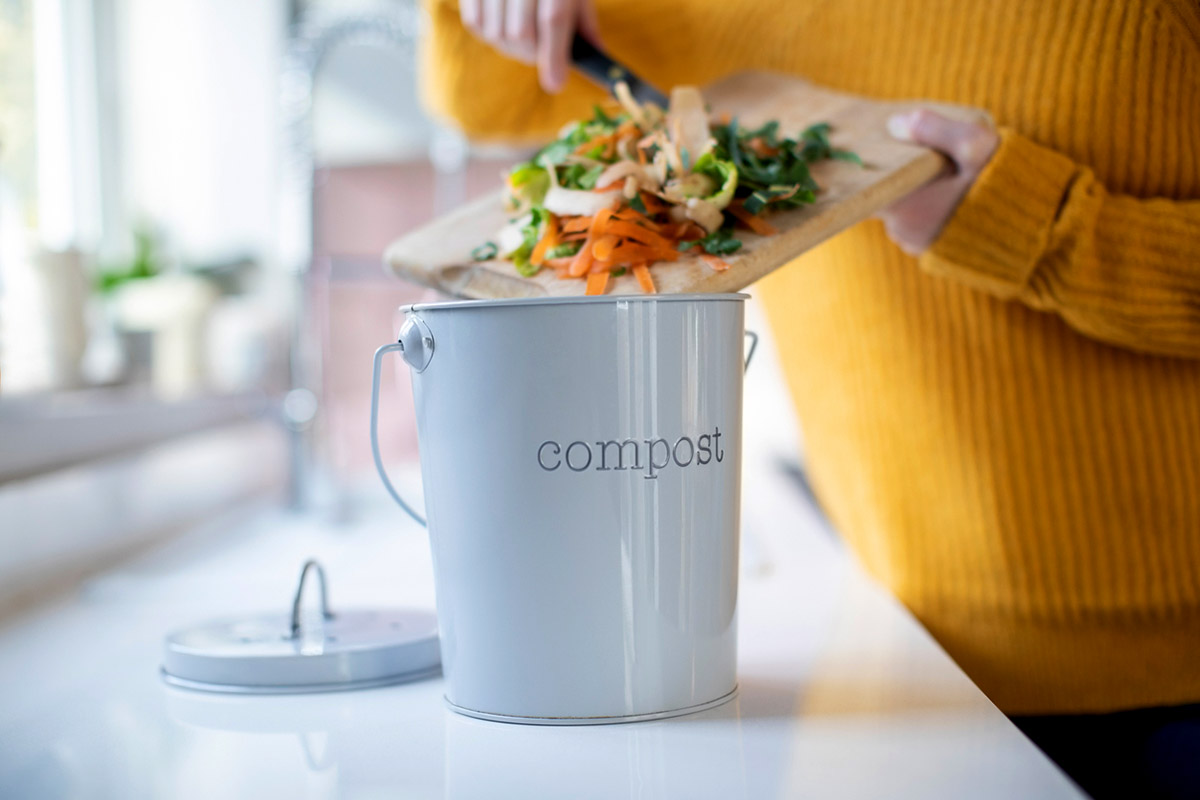
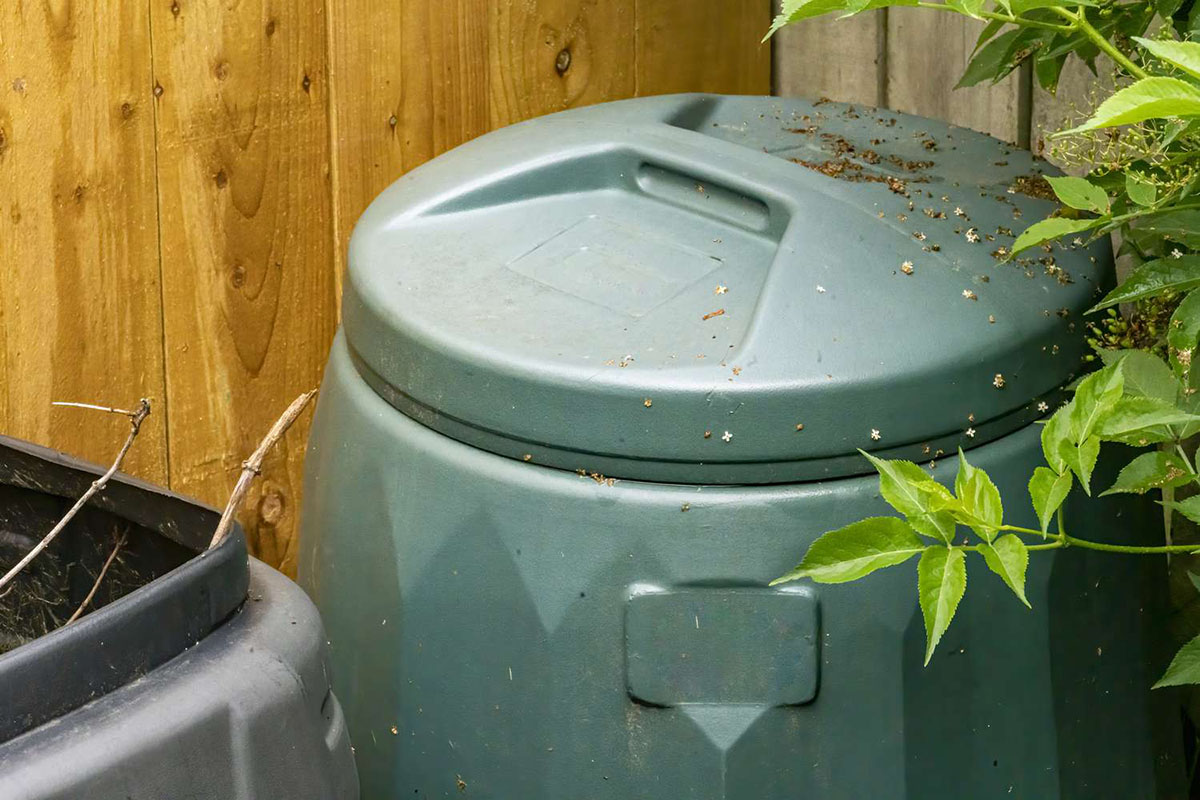
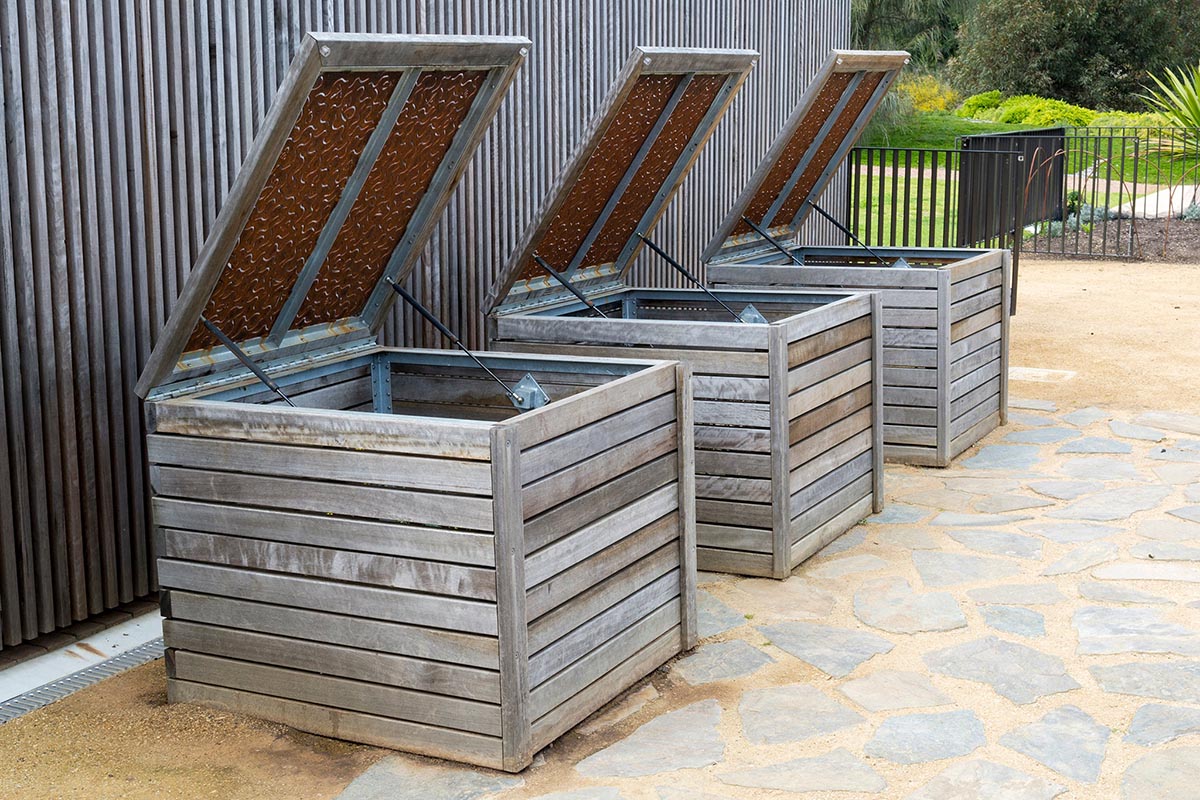
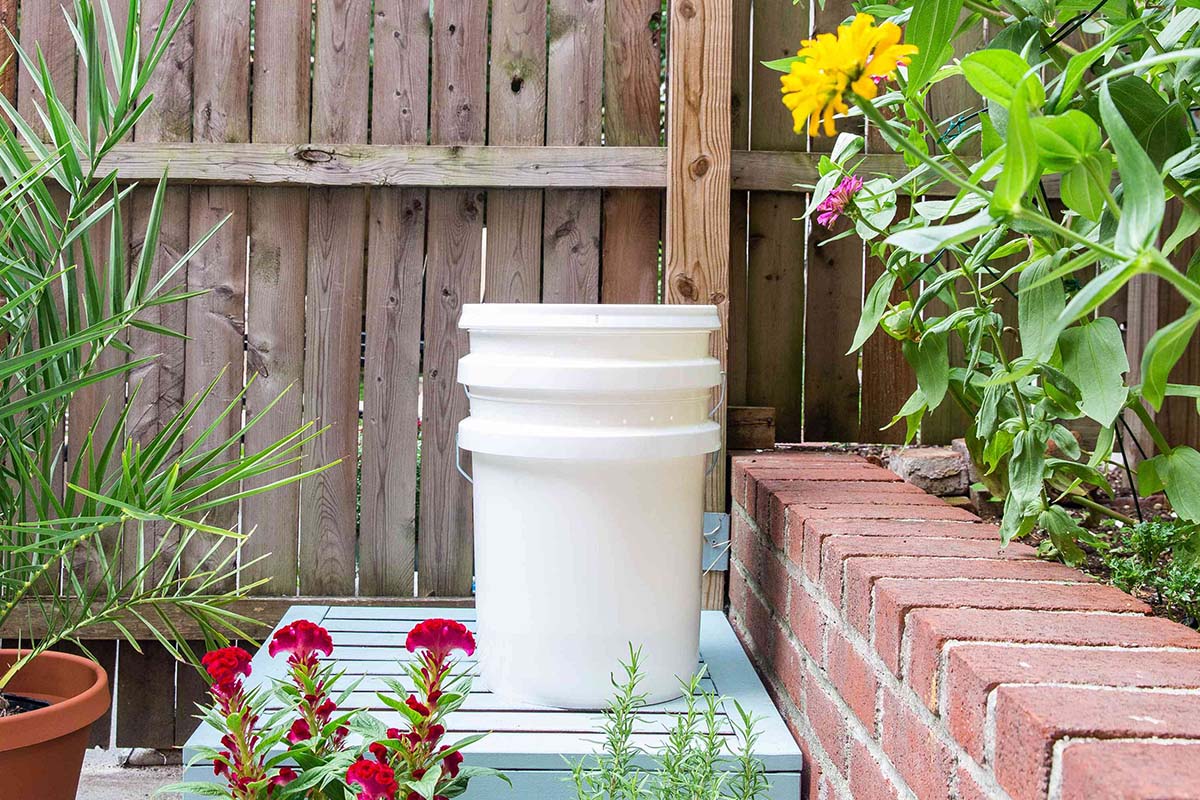
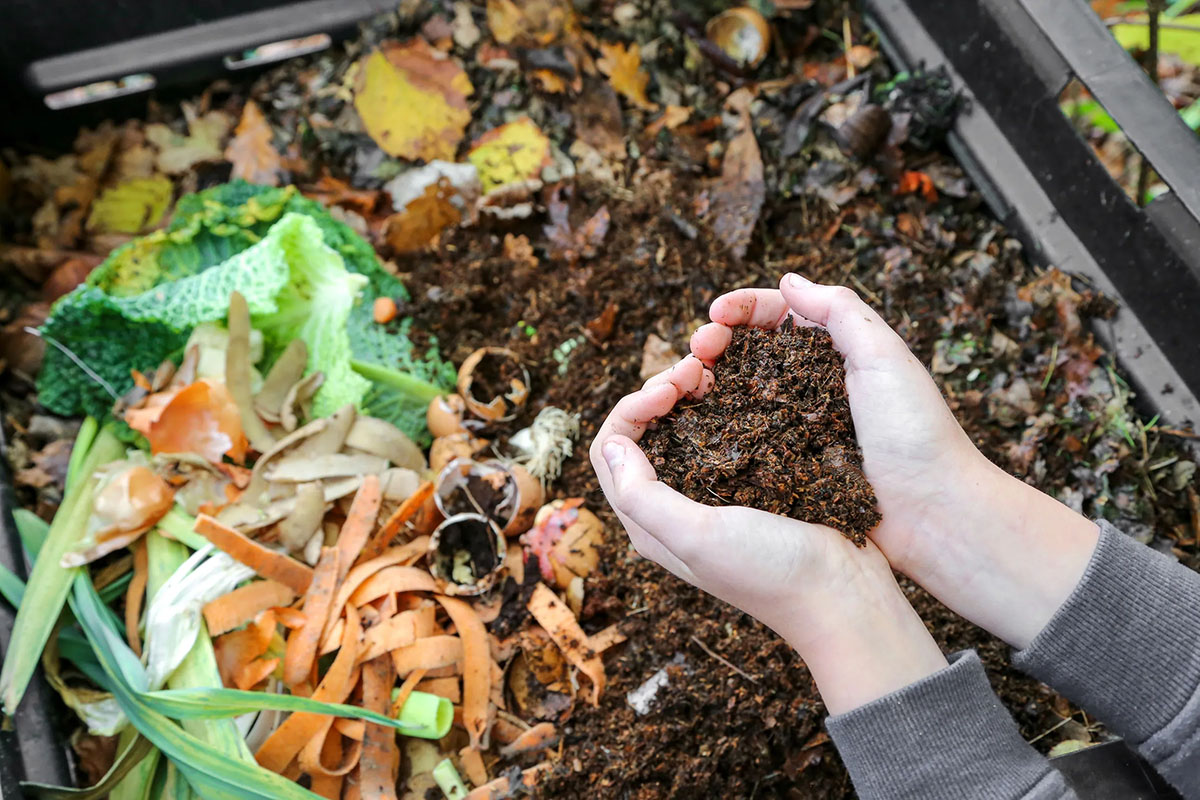
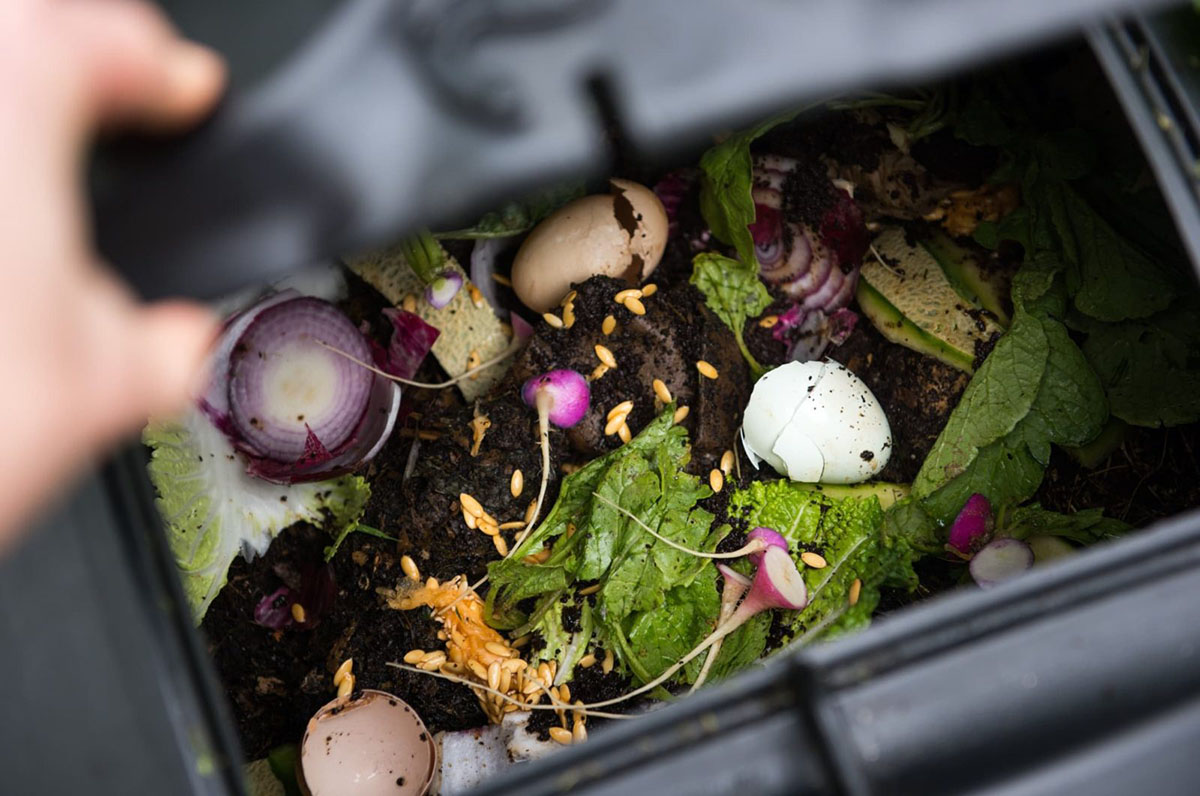

0 thoughts on “How To Use A Kitchen Compost Bin”